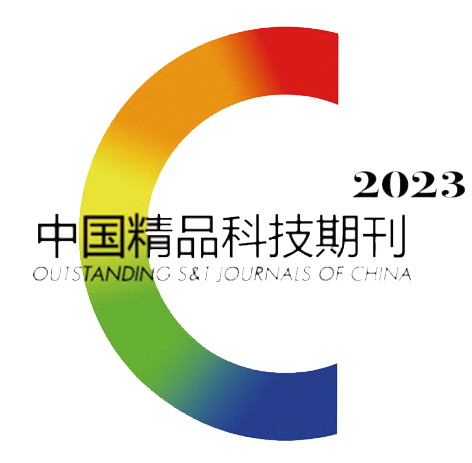Abstract:
To enrich the technical means of quality control of
Torreya, the qualitative analysis model of storage time and conditions of
Torreya grandis was established by near infrared spectroscopy. Additionally, a quantitative analysis model for protein and fat content of
Torreya was established using chemometric methods. After preprocessing the spectra and selecting feature wavelengths, a convolutional neural network (CNN) model based on genetic algorithm (GA) and multiplicative scatter correction (MSC) algorithm was developed, achieving an identification accuracy of 99.2% in distinguishing
Torreya with different storage times and conditions. Furthermore, partial least squares (PLS), radial basis function neural network (RBF), and extreme learning machine (ELM) models were established and compared. Competitive adaptive reweighted sampling (CARS) was used as a spectral feature selection method, resulting in 41 and 56 selected features for protein and fat content, respectively, significantly improving computational efficiency. The results showed that the D2-CARS-PLS model with second derivative (D2) preprocessing and CARS method was the optimal model, achieving good prediction performance for protein and fat content of
Torreya with coefficients of determination (
R2) of 0.977 and 0.984, respectively. The findings demonstrated the potential of near-infrared spectroscopy technology for rapid and non-destructive detection of
Torreya nut quality, providing a reliable analytical method for
Torreya nut quality assessment.




 下载:
下载: